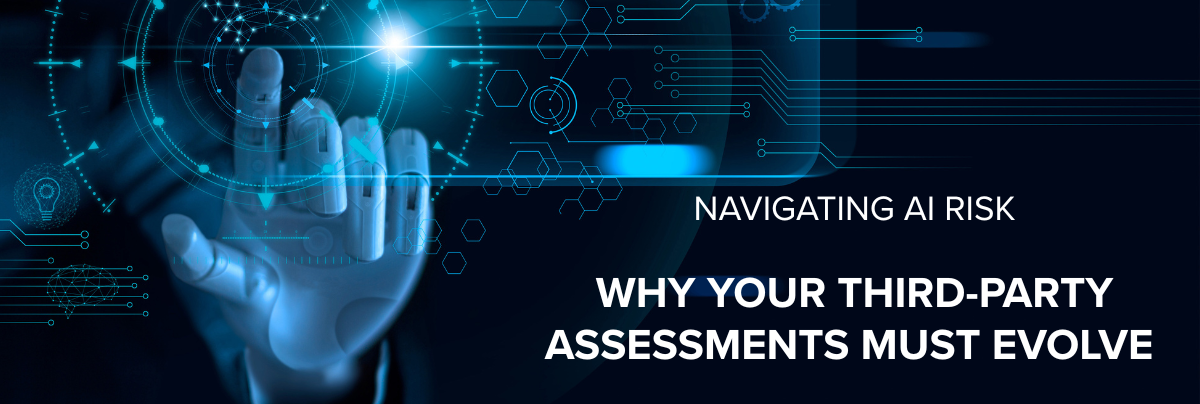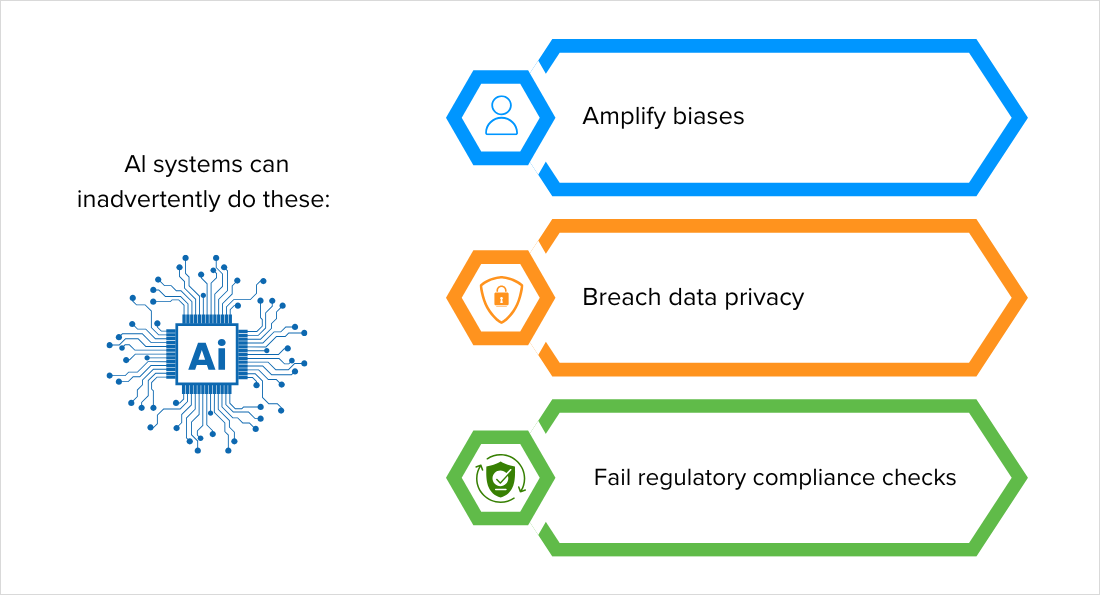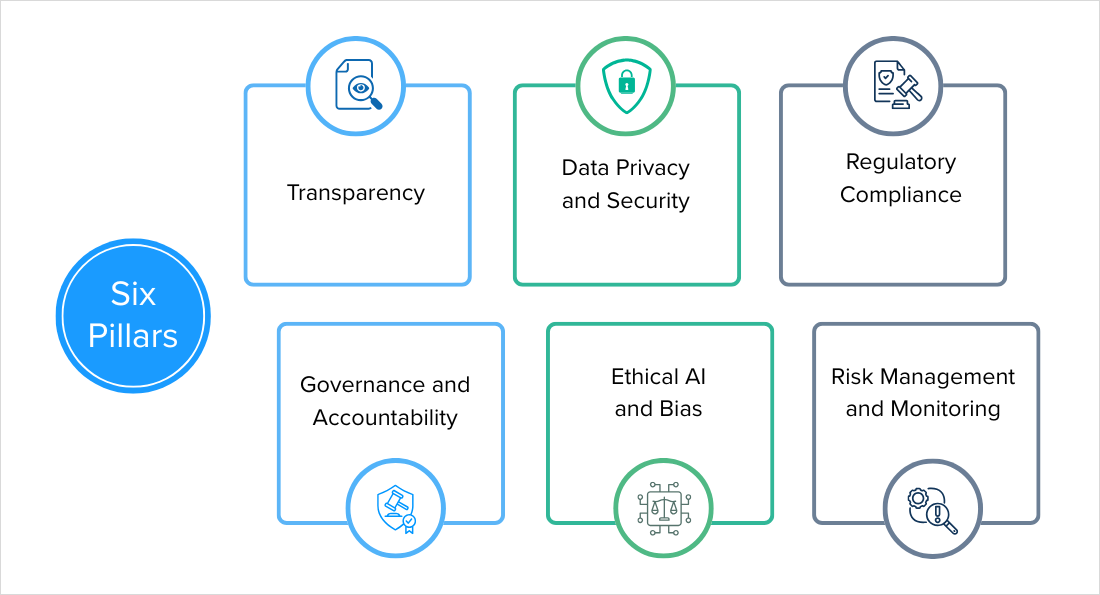Blogs
Navigating AI Risk and the Need to Evolve Third-Party Assessments
Organizations today rely heavily on third-party vendors, particularly in adopting advanced technologies like Artificial Intelligence (AI). As powerful as AI solutions are, they also introduce significant regulatory, operational, and reputational risks. It's no longer enough to trust a vendor’s assurances simply. Robust third-party risk assessments, especially concerning AI, are now crucial.

Why is AI Vendor Risk Assessment Critical?
AI systems can inadvertently amplify biases, breach data privacy, and fail regulatory compliance checks. These risks are magnified when AI systems are managed by third-party vendors, where direct oversight is limited.

The accountability for any misuse or failure ultimately rests on the organization deploying these solutions, not just the vendor. Therefore, organizations must extend traditional third-party risk management frameworks to address the unique challenges posed by AI.
Core Pillars of AI Vendor Risk Assessment
A comprehensive AI vendor assessment should cover these critical domains:
- Transparency: Vendors must communicate how their AI systems operate and make decisions, essential for regulatory compliance and user trust.
- Data Privacy and Security: Ensuring rigorous data protection practices to safeguard sensitive personal and organizational information from breaches.
- Regulatory Compliance: Vendors should demonstrate adherence to evolving global regulations and industry-specific standards, such as GDPR, HIPAA, and sector-specific AI guidelines.
- Governance and Accountability: Clearly defined roles and structured oversight within vendor organizations are necessary to address AI-related incidents quickly.
- Ethical AI and Bias Mitigation: Vendors must actively address and manage biases within their AI systems to ensure fairness and avoid unintended discriminatory outcomes.
- Risk Management and Continuous Monitoring: Regularly evaluate and monitor AI models to detect performance degradation, biases, or vulnerabilities.

Leveraging Batoi Insight for AI Risk Assessment
At Batoi, we’ve designed Batoi Insight specifically to streamline AI and third-party vendor risk assessments. With its robust capabilities, you can:
- Quantify Risk: Utilize custom surveys and weighted scoring models tailored to assess vendors comprehensively across all relevant domains.
- Generate Actionable Insights: Leverage AI-driven analytics to interpret vendor responses and highlight potential risks automatically.
- Maintain Continuous Oversight: Employ real-time monitoring dashboards to track vendor compliance status and changes in risk levels.
The Consultant’s Role and Knowledge Imperatives
This framework is vital for consultants advising businesses on third-party and AI risk. Consultants must:
- Be knowledgeable about current and emerging AI-specific regulations and ethical standards.
- Help organizations tailor assessment frameworks that capture AI-specific risks effectively.
- Understand tools like Batoi Insight to implement, manage, and continuously improve vendor risk management strategies.
By focusing deeply on these pillars and leveraging advanced tools like Batoi Insight, consultants can significantly enhance an organization's resilience against third-party AI risks.
How is your organization currently addressing third-party AI risks? I would like to hear your thoughts and experiences on managing these complex challenges. Let’s connect
This article has been published on LinkedIn.